I love red velvet cake. Like, maybe more than it deserves. It’s not really vanilla, and it’s not really chocolate…it’s just really red. And dense. And moist. And delicious. At any rate, I’d been trying to figure out a good reason to make it, since somehow I got it into my head that red velvet should be reserved for special occasions. Then my friend Lydia asked if I’d make her husband Adam a birthday cake (yes) and he requested red velvet (yes!) so I didn’t need to come up with an excuse on my own. Score!
They brought dinner over, I baked a cake, and we spent a very pleasant evening eating and chatting and eating some more. It was the simplest of birthday celebrations–we didn’t even put candles on the cake and quite honestly I have no idea how old Adam is now–but that wasn’t really the point anyway. Even if it hadn’t been anyone’s birthday, spending time with people I enjoy more than justified baking such a dramatic cake. It made us happy. Do we need a better reason than that?
I mean, think about it. What’s the point in saving the beautiful, delicious, indulgent things for those rare events that we deem worthy of the good china? Why shouldn’t we enjoy them more frequently? I say go out, get yourself some red food coloring and cream cheese, and whip yourself up one of these bad boys just because it’s Tuesday and you can.
Red Velvet Cake
recipe adapted very slightly from Bakerella
(A word of caution before you start: I strongly recommend not using plastic mixing bowls for this cake. There
is just SO MUCH red food coloring in it that they will undoubtedly get
stained. Ceramic or stainless is the way to go with this one.)
2 1/2 cups all purpose flour
2 cups sugar
2 Tablespoons cocoa
1 teaspoon salt
1 teaspoon baking soda
2 eggs
1 1/2 cups vegetable oil
1 cup buttermilk
1 Tablespoon vinegar
1 teaspoon vanilla
2 oz. red food coloring
Preheat oven to 350. Grease and flour two 8 inch pans.
In a large mixing bowl, whisk together dry ingredients. In a medium mixing bowl, lightly whisk eggs. Add remaining liquid ingredients and whisk together until well blended. Add wet ingredients to dry ingredients and beat on medium-high for about a minute or until completely combined.
(Watch closely when you pour the liquids into the flour mixture, because that’s when SCIENCE happens! The vinegar in the wet mixture
and the baking soda in the dry will create bubbles as soon as they come in contact with each other. And since it’s red, it looks like slowly bubbling magma in a
volcano! So fun!)
Divide your well-mixed batter evenly into cake pans. Drop the pans on the counter a few times to release any air bubbles. Bake for 30-35 minutes or until an inserted toothpick comes out clean.
Cool cakes for about ten minutes, then remove from pans and cool completely on a wire rack. Bakerella suggests covering the cakes in plastic wrap while they finish cooling,
probably so they don’t dry out. I didn’t have any on hand, so I covered
them with a clean dish towel and, after about half an hour, stuck them
in gallon-sized freezer bags, since I wasn’t going to frost them right
away anyway.
While the cakes cool (or really whenever it’s convenient for you) make your frosting.
Whipped Cream Cheese Frosting
adapted from several sources
16 ounces (2 packages) cream cheese, room temperature
1 stick (1/2 cup) unsalted butter, room temperature
1 teaspoon vanilla
4 1/2 cups powdered sugar
1 cup heavy whipping cream
a pinch of salt
In a large bowl, beat together cream cheese, butter, and vanilla. Add powdered sugar a little at a time, beating well with each addition. In a separate bowl, whip cream until stiff peaks form. Add whipped cream and salt to cream cheese mixture and beat until just combined.
For the record, I had the cream whipping in my Kitchen Aid while I combined everything else with a hand mixer. That way they were both done about the same time. It worked well for me, and I’ll definitely do it again next time I make cream cheese frosting, but you do whatever works for you. No pressure.
Also, this makes A LOT of frosting. I frosted my cake pretty generously and still had quite a bit leftover. I think next time I will cut it down…maybe by a third? I don’t really feel like doing the math right now, though, so I’ll let you figure that out if you don’t want to deal with all the extra. (My vote is smother some fresh strawberries in it and devour them with wild abandon. Not that I’ve done that recently or anything…)
To Assemble
Really, it’s like any other layer cake, and I’m sure you don’t need to be told how to put it together. The only suggestion I have here is doing a crumb coat, then refrigerating the cake for a bit, then frosting it for real. I don’t usually do a crumb coat, just because I’m not a pro and I don’t generally care to put that much effort into my cakes. However, part of the appeal of a red velvet cake (for me anyway) is the shock of red inside all that pure white frosting. Doing a crumb coat will seal in any stray crumbs to prevent them from mussing up your pretty outer layer of frosting. Martha Stewart has a good layer cake assembly tutorial if you are not sure how to do this.
Oh, and you should keep this cake in the fridge when you aren’t serving/eating it. All those creams in the frosting will curdle otherwise, and that’s just wasteful.
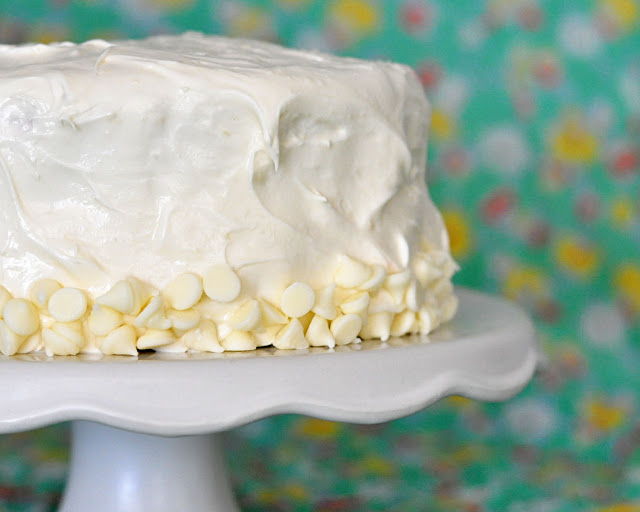
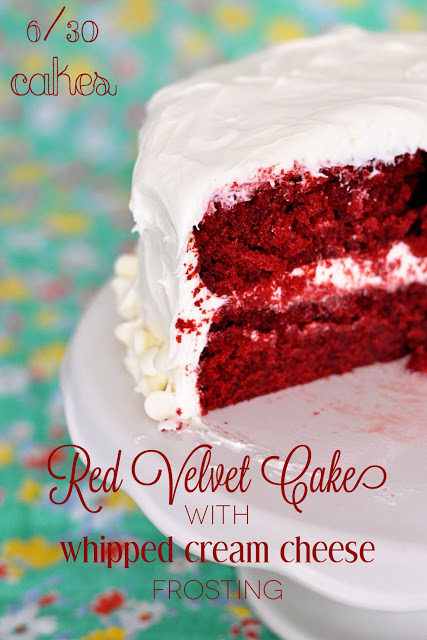
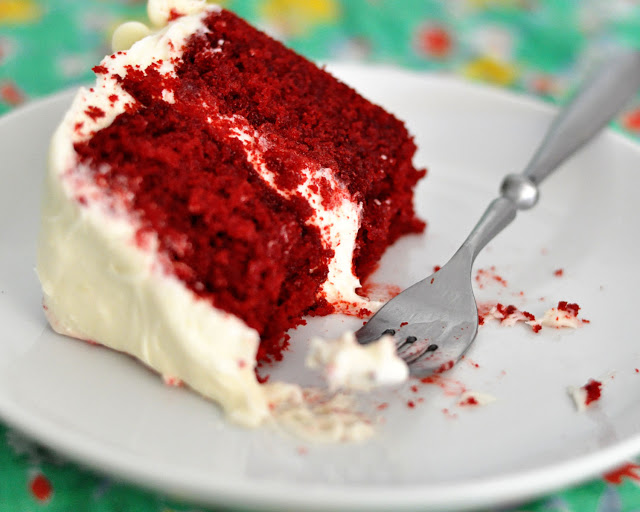
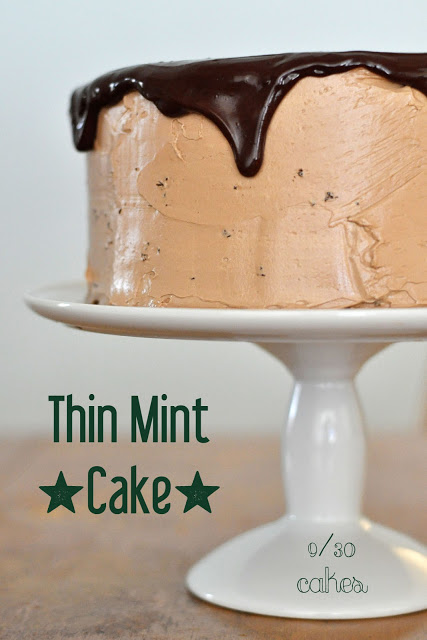

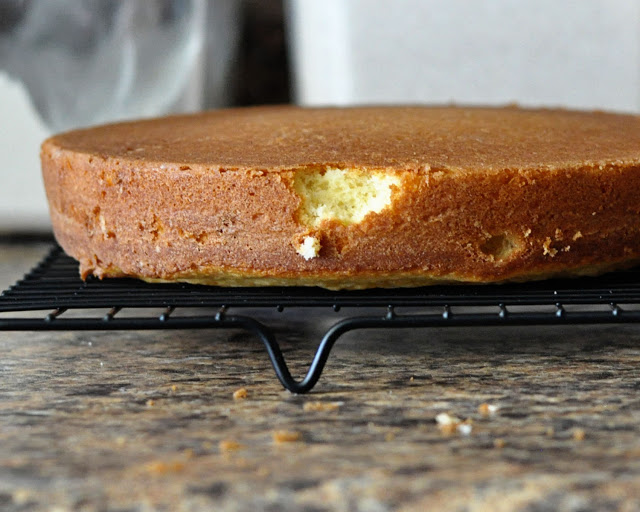
Happy to provide a reason for red velvet. I'm trying out a recipe for red velvet cupcakes tonight using pureed beets. I'll report on my findings, especially if I can taste a color difference.
We should do a side-by-side comparison so we can really compare the red flavors. You know, for science's sake.